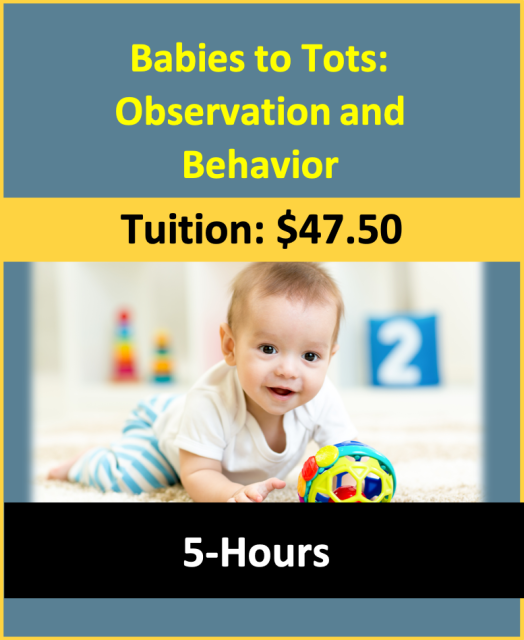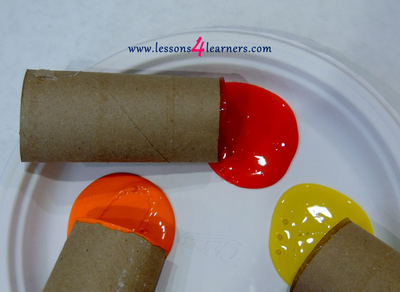Toilet Paper Leaf Stamping
Lesson Plan:
|
Activity:
Toilet Paper Leaf Stamping
Lesson plan developed by Ms. Erika Geelhoed, BA Ed
Age Group:
* Lesson plan objective and assessment can be adapted to use this activity with preschoolers.
Objectives:
Children will:
|
|
II.7.4a
Materials:
|
Procedure:
- Prepare for the activity by creating the leaf stamps.
- Squeeze the toilet paper roll so that it tapers slightly on each end, forming the shape of a leaf.
- After setting out materials in an appropriate area for creating, show the children how to dip the stamp into the paint and then transfer it onto the paper.
- Allow children to stamp using the different colors until they tire of the activity.
- Let the paper dry before placing in the children’s individual portfolio.
Assessment:
- During the activity, make anecdotal notes about the children’s fine-motor skills. Were they able to grasp and control the toilet paper roll to make a print?
Note: Please provide appropriate supervision to the children in your care when completing all activities. You will need to decide what types of activities are safe for the children in your care. Appropriate and reasonable caution should be used when providing art and sensory experiences for children. Toddlers require special caution, only use non-toxic materials, and do not allow toddlers to put things in their mouths that are a choking hazard.
Click on the course icon for enrollment information.
Sign Language for Babies and Toddlers
|
Did you know that children who learn sign language from as early as 11 months old, have better language and cognitive development later in life (Acredolo, Goodwyn, and Brown, 2000)? It’s true! Also, children learn a visual language such as American Sign Language similarly to a spoken language, and are capable of learning both simultaneously.
There has been a rising interest in teaching sign language to small children in recent years. Many parents and caregivers teach their children basic signs for common words that are used in daily exchanges. There are several reasons that this may be. Small children are not able to communicate their needs verbally, and often have a high success rate of acquiring and using basic sign language. Video: Recommended Signs for Babies and Toddlers |
Member Login  Hi, (First Name)
Hi, (First Name)  | Log Out
My Profile
Not a member? Sign up.
Log Out
| Log Out
My Profile
Not a member? Sign up.
Log Out
Member Login
Welcome, (First Name)!
Enter Member Area
(Message automatically replaces this text)
OK
Feel free to browse the pages, and watch us expand our wealth of resources! Registration is free for 6 months!
Toilet Paper Leaf Stamping
|
Online Courses
Early Literacy
(1 hour / .1 CEU) Tuition: $10.50 Stages of Cognitive Development in Infants (1 hour / .1 CEU) Tuition: $10.50 |
Sign Language for Babies and Toddlers
|
Did you know that children who learn sign language from as early as 11 months old, have better language and cognitive development later in life (Acredolo, Goodwyn, and Brown, 2000)? It’s true! Also, children learn a visual language such as American Sign Language similarly to a spoken language, and are capable of learning both simultaneously.
There has been a rising interest in teaching sign language to small children in recent years. Many parents and caregivers teach their children basic signs for common words that are used in daily exchanges. There are several reasons that this may be. Small children are not able to communicate their needs verbally, and often have a high success rate of acquiring and using basic sign language. Video: Recommended Signs for Babies and Toddlers |















